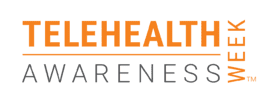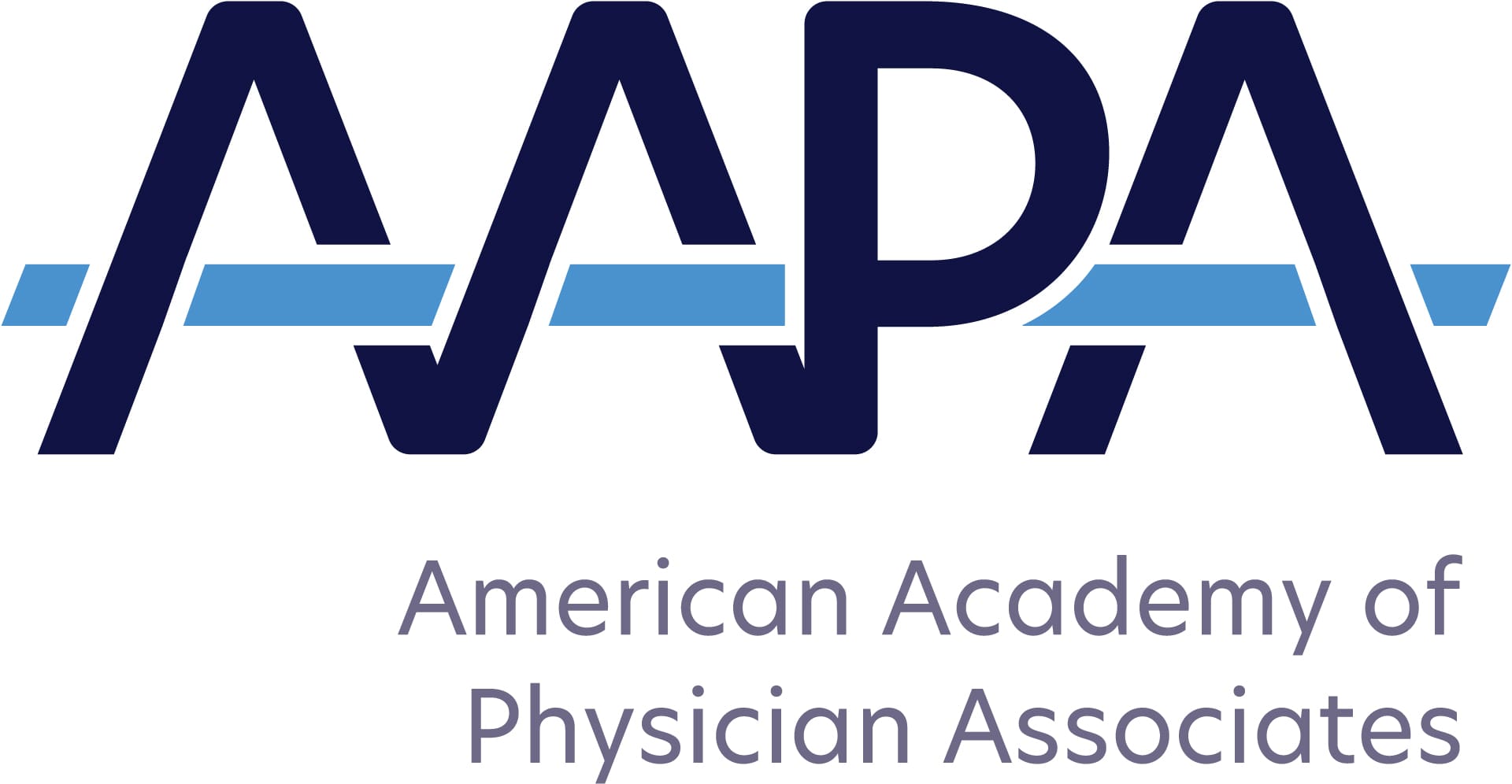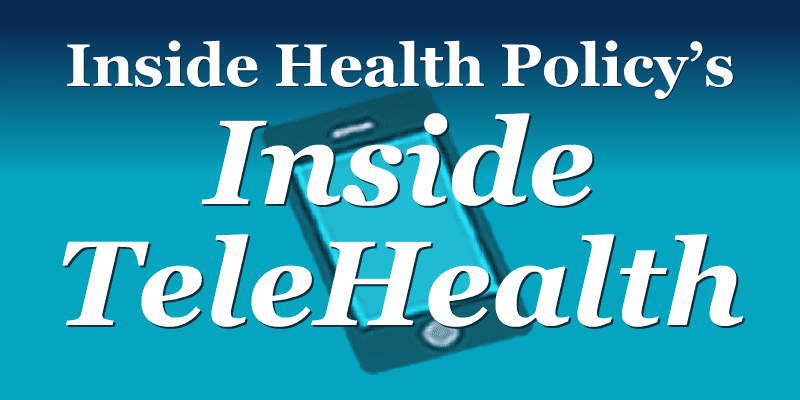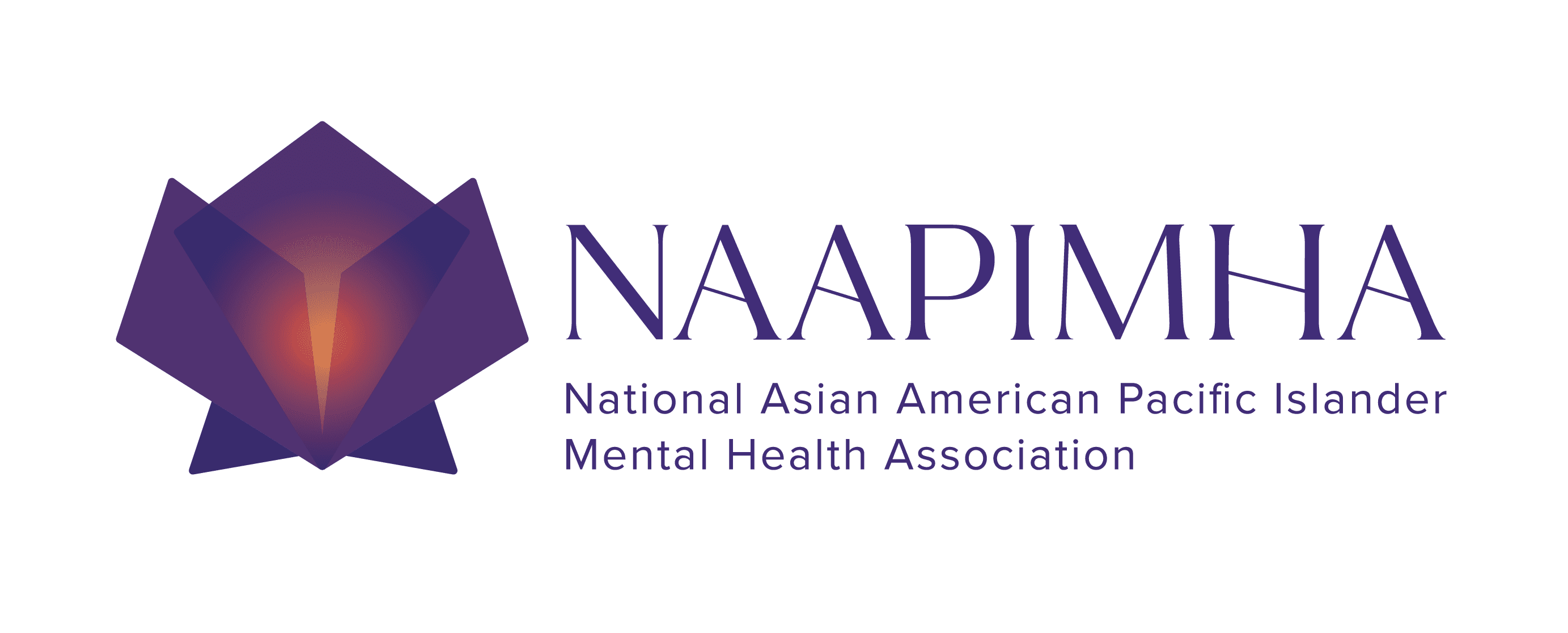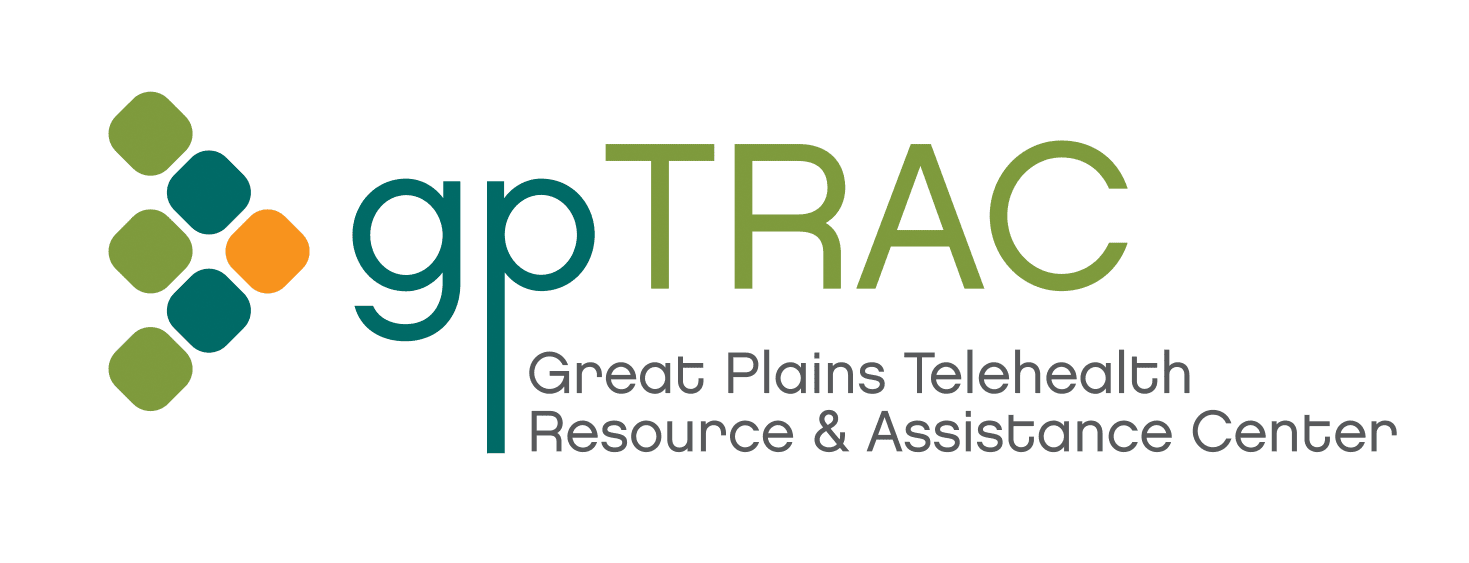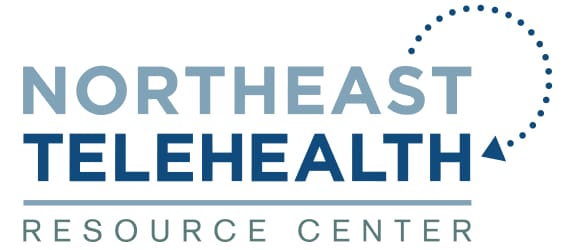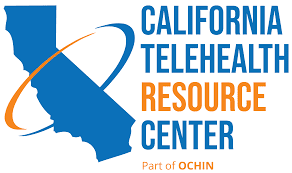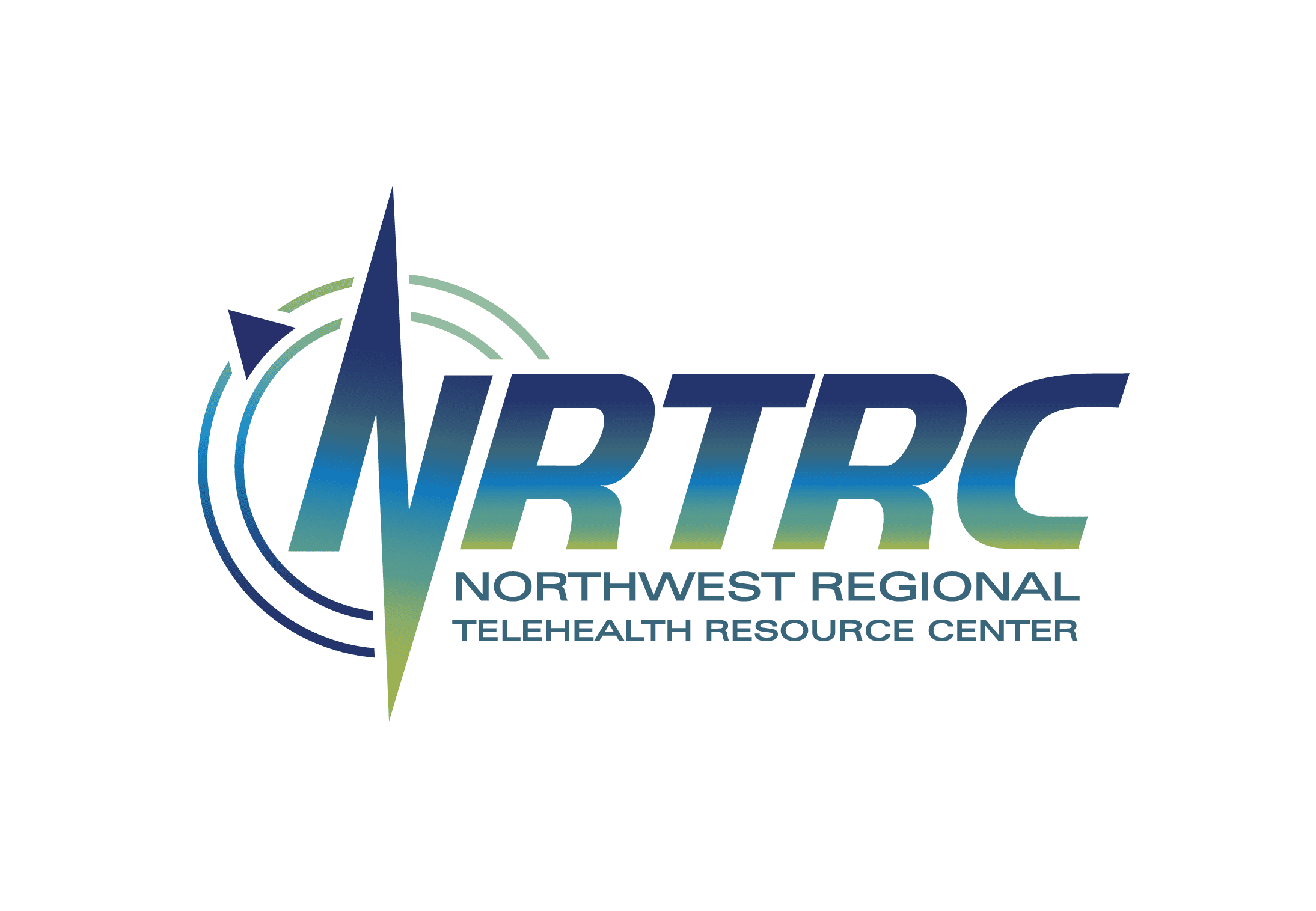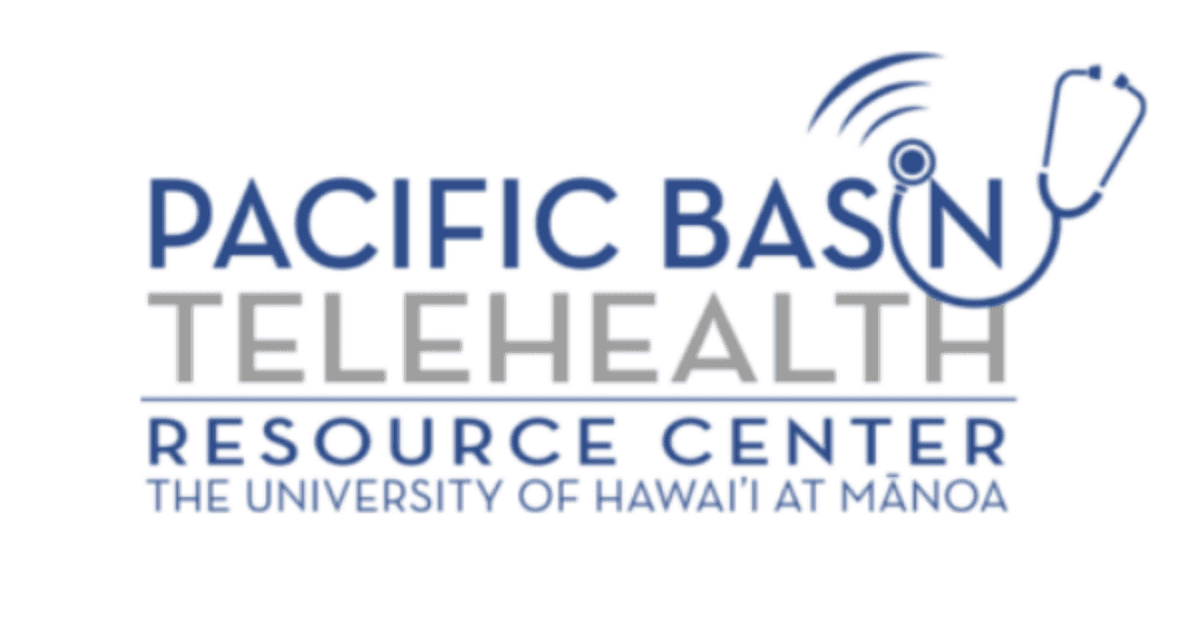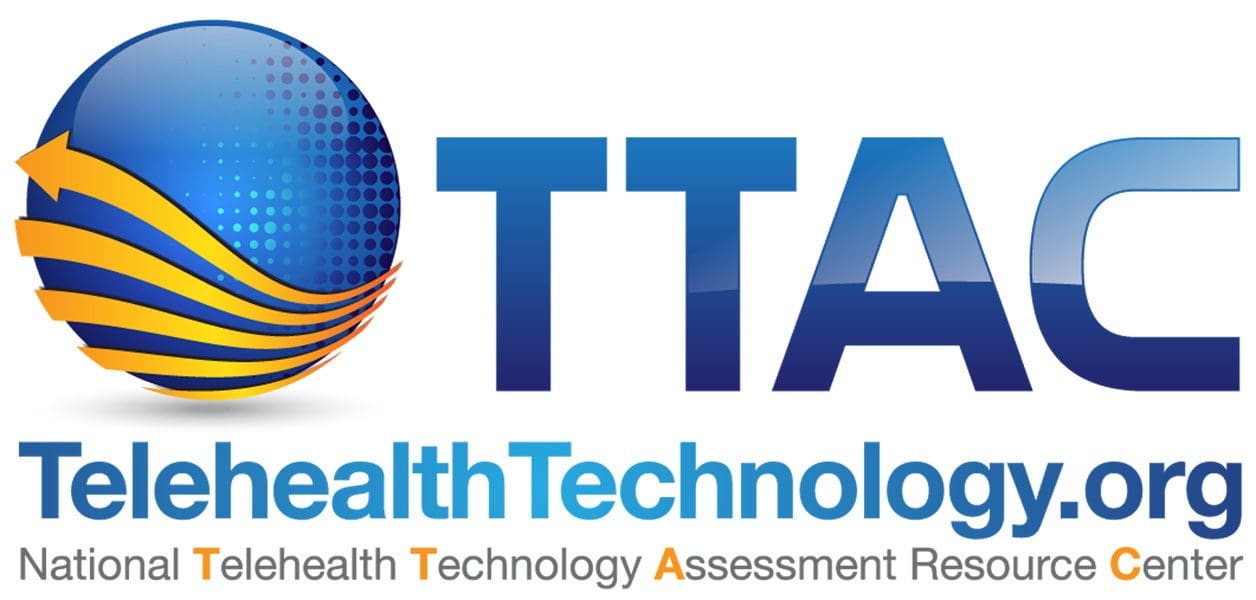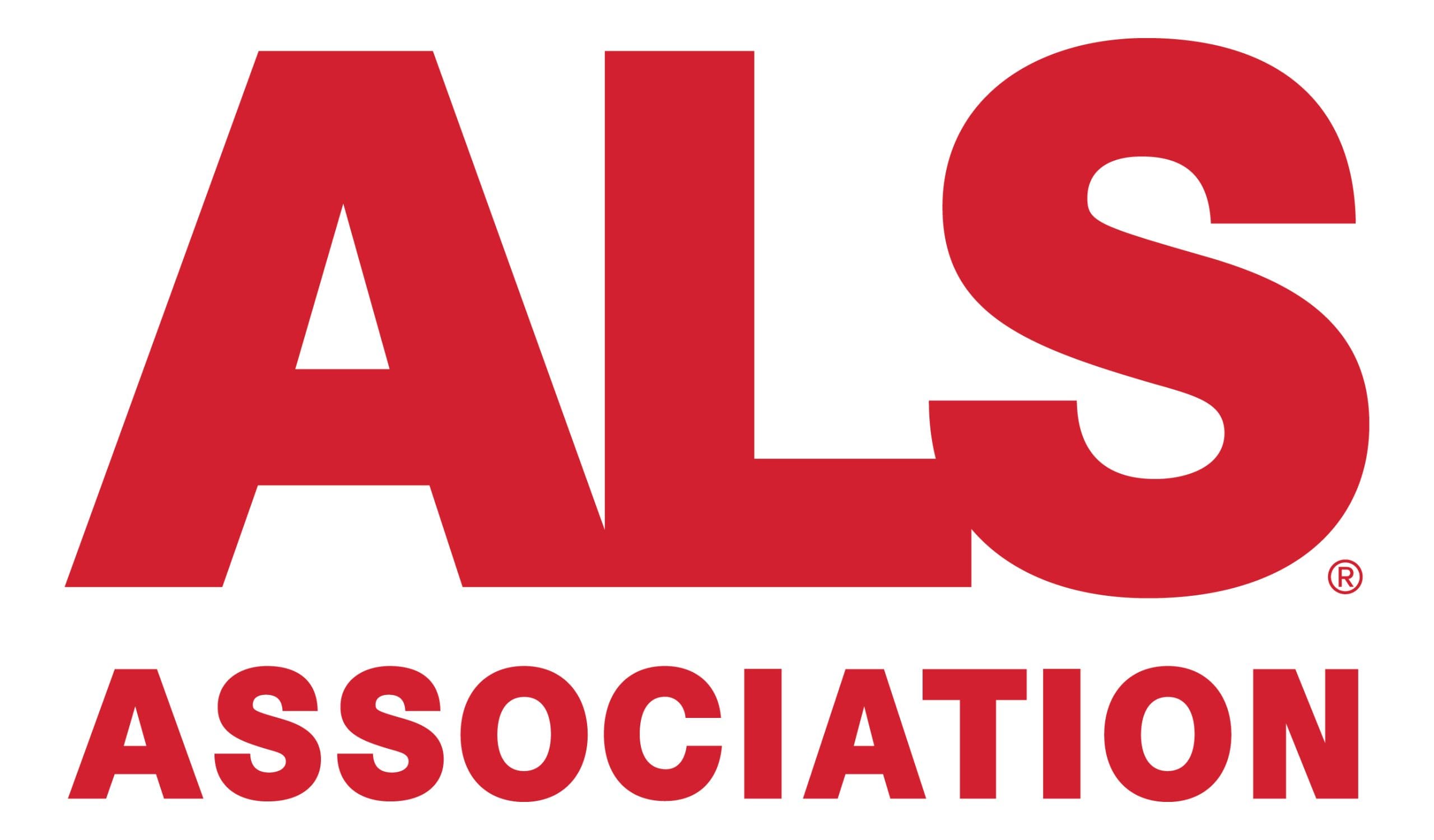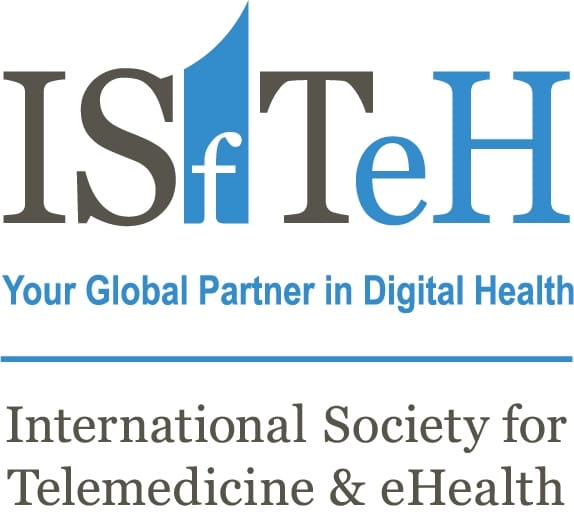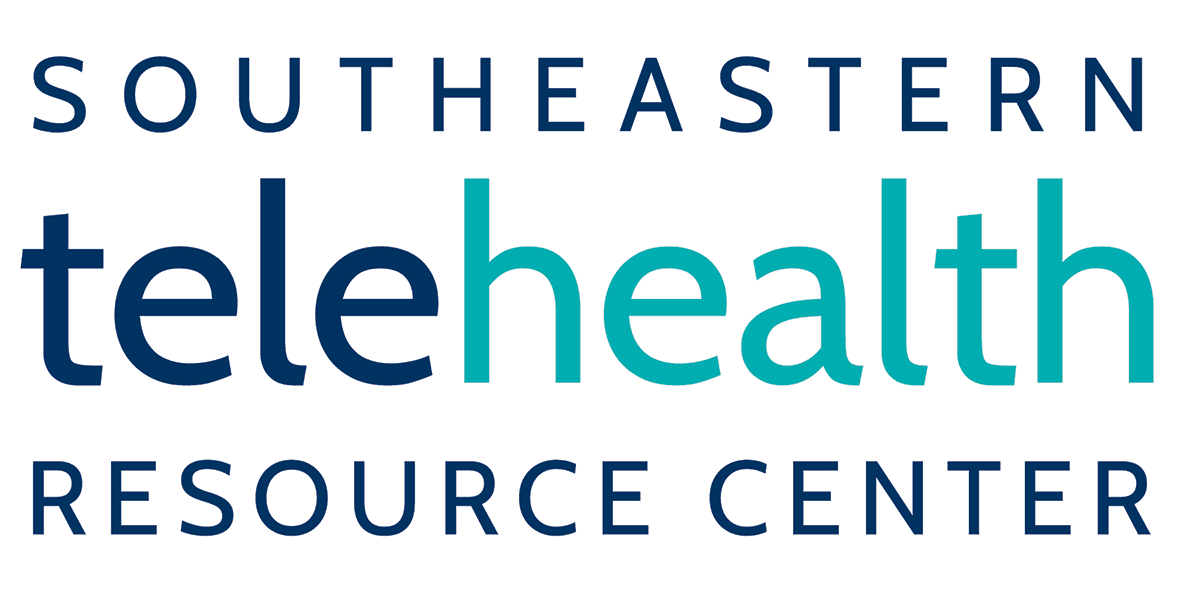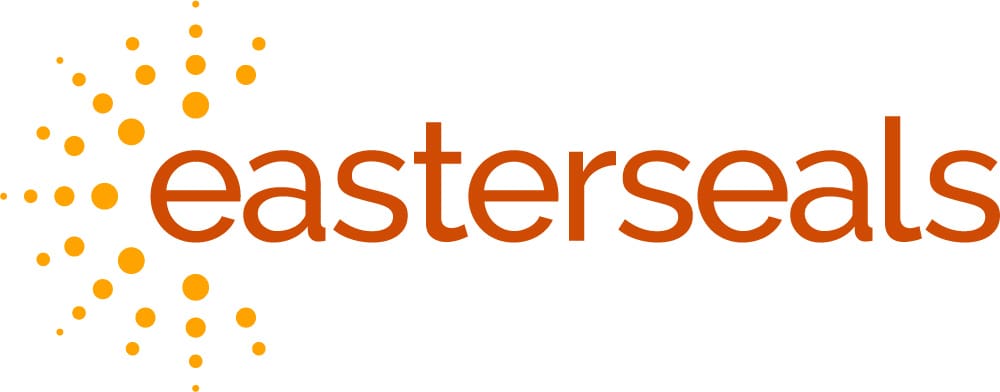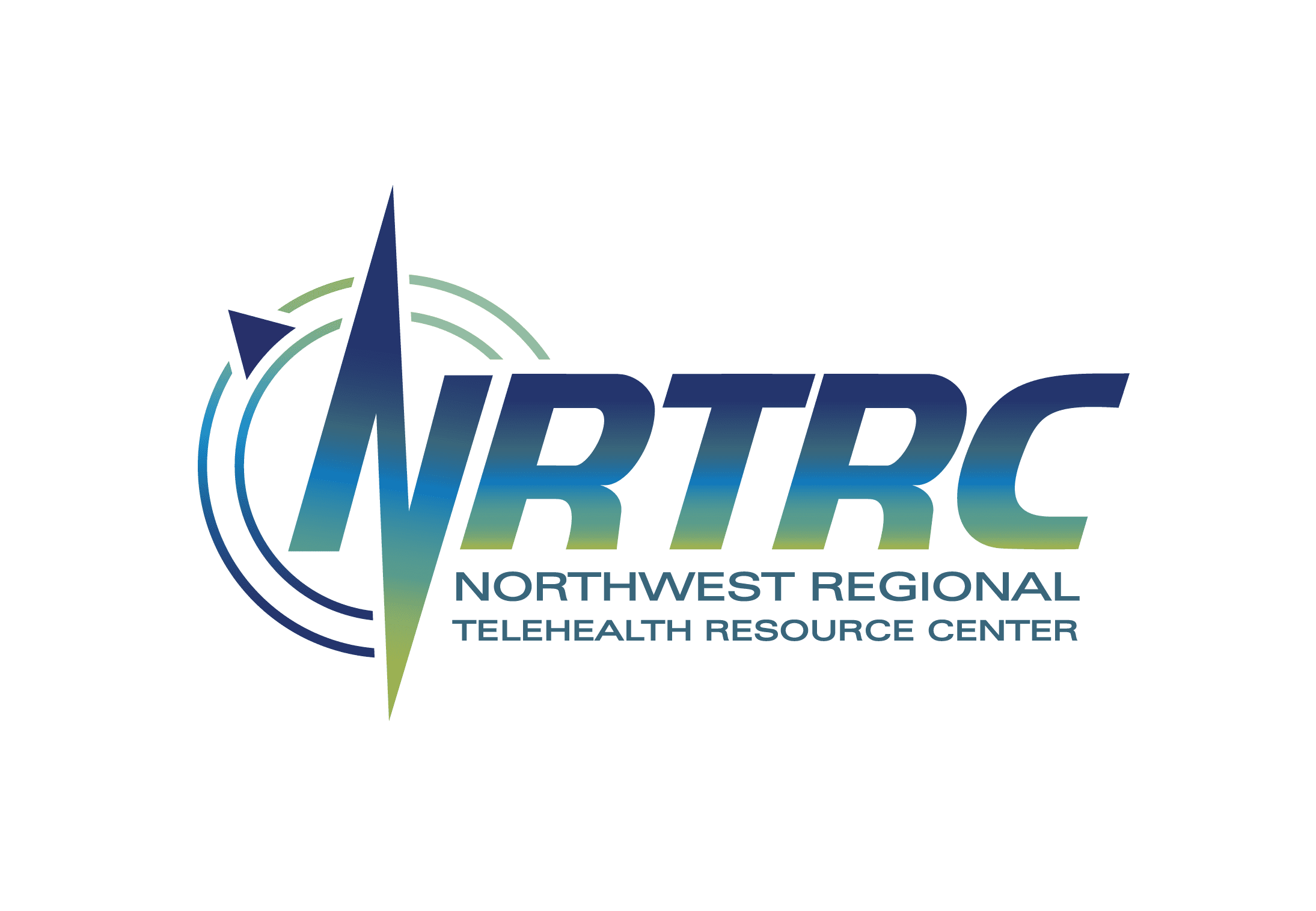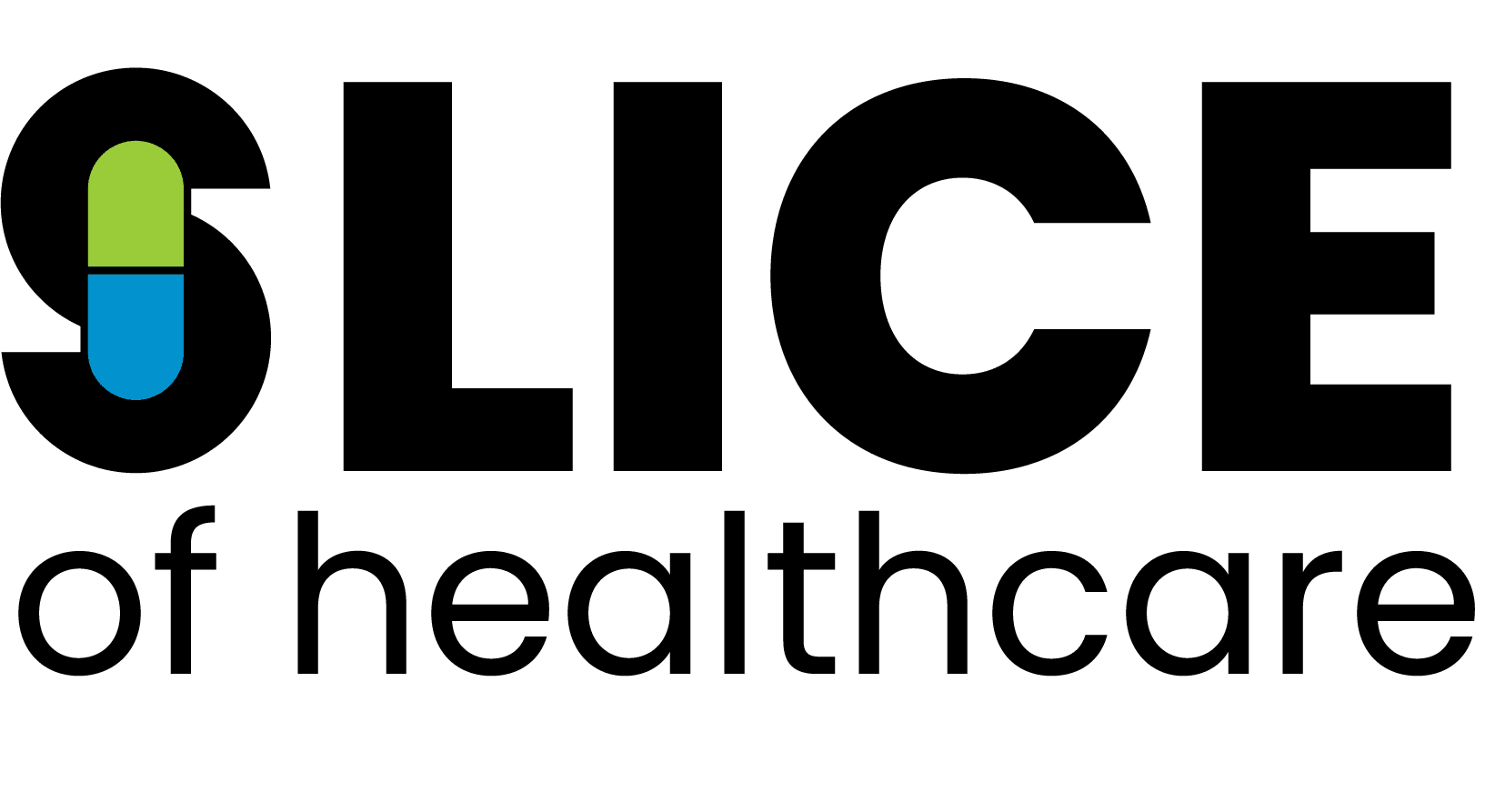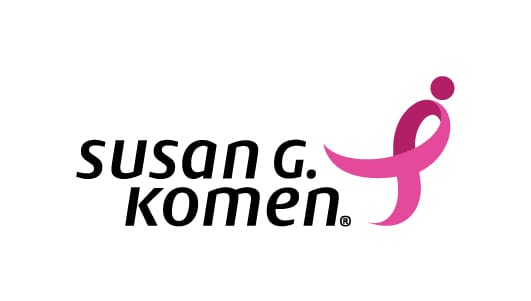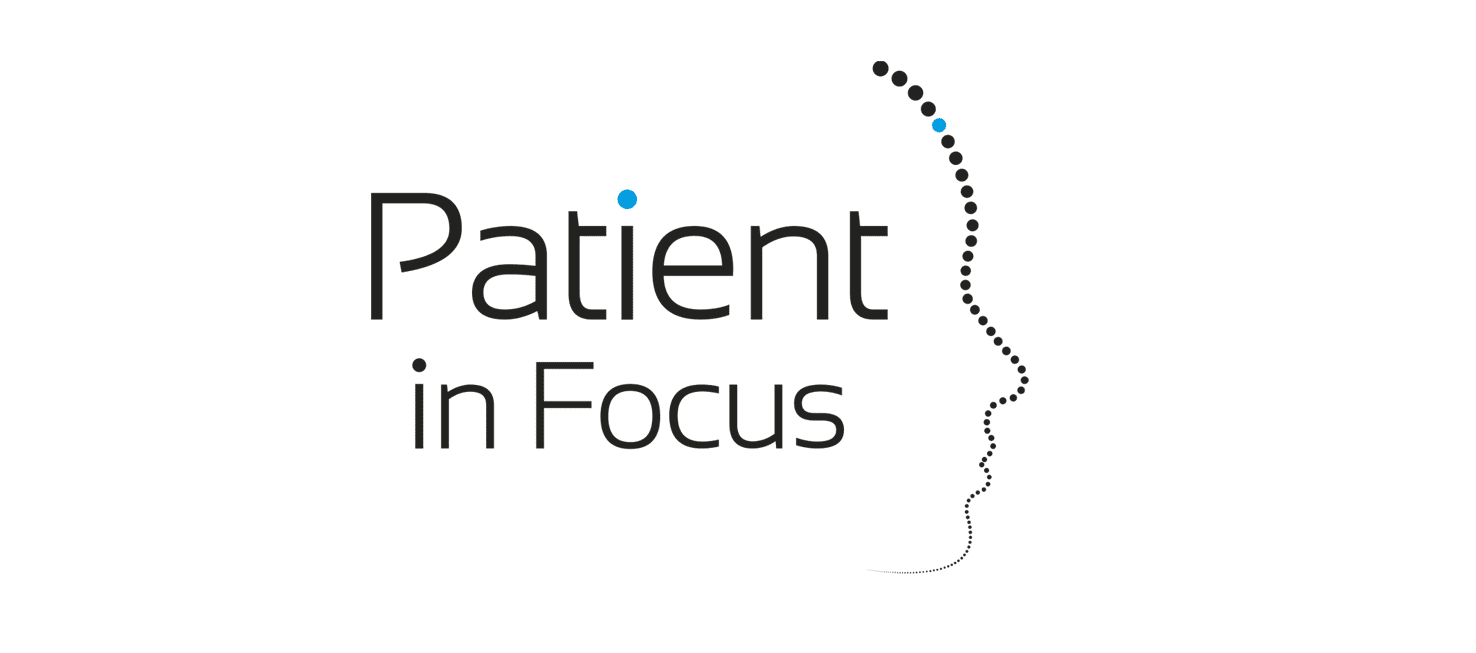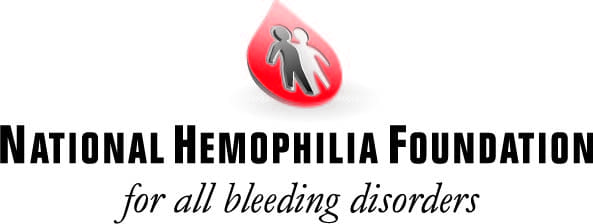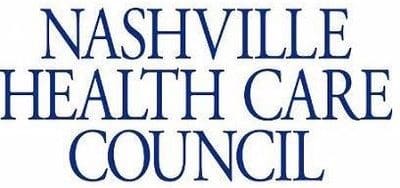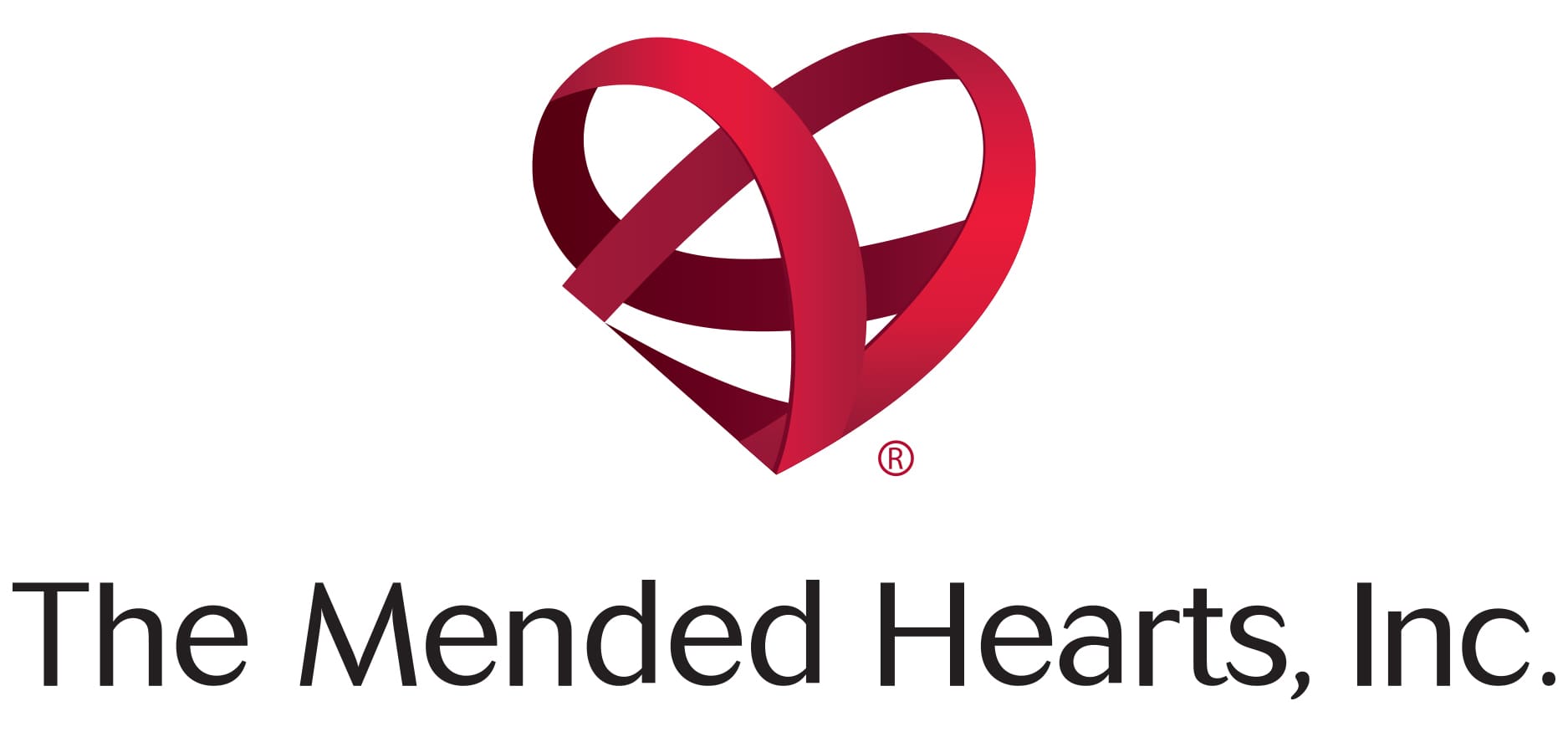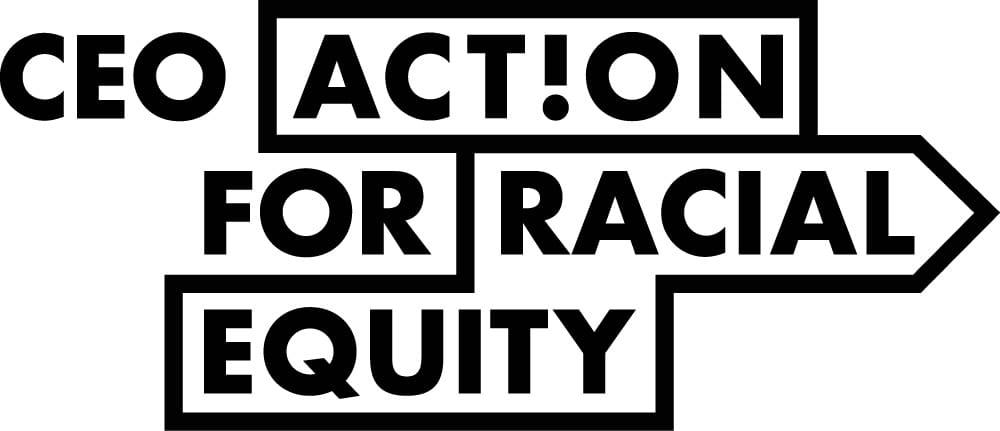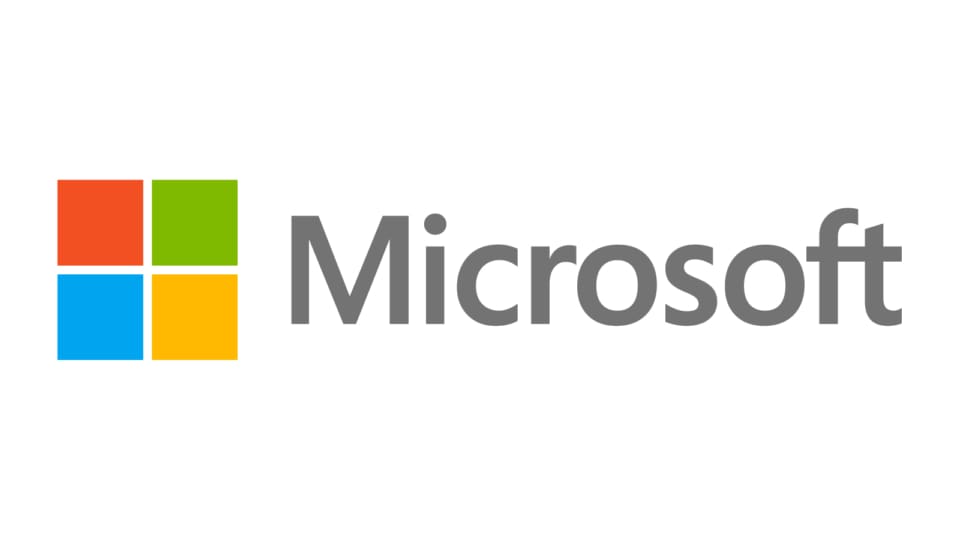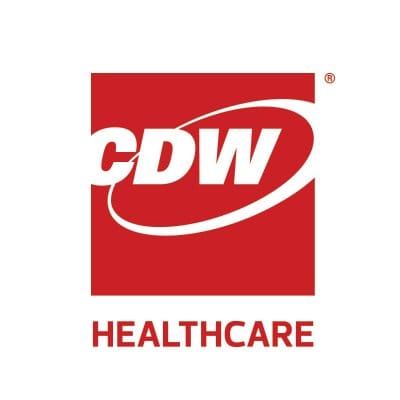By: Natasha Khouri, AVP Telehealth Strategy Solutions at UPMC Health Plan
UPMC Health Plan first launched its proprietary telehealth solution AnywhereCare in 2015 as a convenient way to improve member access through an on-demand virtual acute care service. Since then, we have expanded this traditional payer-led telehealth offering by building AnywhereCare into a larger ecosystem of member care and support services, including newer on-demand and scheduled virtual visits for over 20 different use cases. In addition to being able to access a diverse set of standard adult and pediatric urgent care and behavioral health visits, members can also use AnywhereCare for care navigation, lifestyle coaching, Employee Assistance Program (EAP) services, pharmacist consults, home health visits, and employee health clinics. However, perhaps the most impactful way we have leveraged AnywhereCare to improve member care delivery is by utilizing it as a foundation for the extensive care management programming we offer to our 4.5 million members.
The onset of the pandemic was the catalyst for building care management into AnywhereCare. Specifically, our Maternity Care Management team requested an alternative to the home visits they had been conducting with members post-pregnancy. We trained the team, developed an onboarding strategy for members, and deployed our strategy in the span of several weeks. Soon thereafter, we discovered that video was not only an effective modality for care management but could also be more powerful than the traditional telephone-based care management model. We expanded usage and within twelve months, nearly every care management team at the Health Plan was using video visits instead of home visits and replacing telephone calls with video visits with willing members. Across a variety of UPMC Health Plan teams, video visits now represent up to 20% of care management engagements.
To more deeply understand the impact that AnywhereCare video visits have had on UPMC Health Plan’s care management clinical strategy, UPMC’s Center for High-Value Health Care and Department of Health Economics jointly conducted a quality improvement review to compare the rate and duration of engagement with care management services for members who were engaged through a telephone-based model versus a video-visit based model. They found that a video-visit based engagement model led to significantly more clinical sessions and more time spent overall with care managers compared to the telephonic model. This team also compared medical care use for members in the care management programs and found that those engaged via video visits had significantly lower medical/surgical care use compared to those who engaged telephonically.
Given the unique advantages that video can have over telephone, and the positive outcomes in engagement, the team also conducted focus groups with care management teams to determine best practices for successful implementation of video in care management and for driving patient adoption. Care management teams reported that video is often more effective with members because it facilitates rapport and creates a connection between the provider and member as providers can see the member in their environment and identify non-verbal cues. They gave feedback that in contrast to telephonic communication, video visits provide comfort and connection for members by allowing them to “put a face to a name.” Care management teams also reported that using video visits enabled them to provide care that is not always possible with traditional telephone outreach such as visually reviewing care plans and other resources together or demonstrating instructions to members like those used for breastfeeding education and support. Furthermore, video visit capability allowed for easier troubleshooting with member equipment such as pulse oximeters, glucometers, and pacemakers. AnywhereCare’s “Ask A Pharmacist” practice supported care managers to invite pharmacists into their video visits with members to review medications and answer questions. Similarly, care managers who identified behavioral health needs for members scheduled real-time consultations with a behavioral health provider through AnywhereCare’s “Virtual Behavioral Health” practice. Regarding this expanded use of AnywhereCare, one clinical director observed that having so many services offered within a single application reduced barriers to access and led to many success stories for our members.
The “fast-forwarding” of the development, adoption, and acceptance of telehealth technologies may prove to be one of the most important and enduring game-changing impacts from the COVID-19 pandemic era, not just for health care delivery but also for services traditionally delivered by payers telephonically. As we at UPMC Health Plan continue to expand our use of AnywhereCare and evaluate its impact, virtual care will remain at the forefront of how we engage and support our members in the future.
Natasha Khouri, MS, is Associate Vice President of Digital Health Strategy and Solutions at UPMC Insurance Services Division where she leads development of digital strategies and solutions that serve members, clients, and communities through engaging and effective digital health programming.
